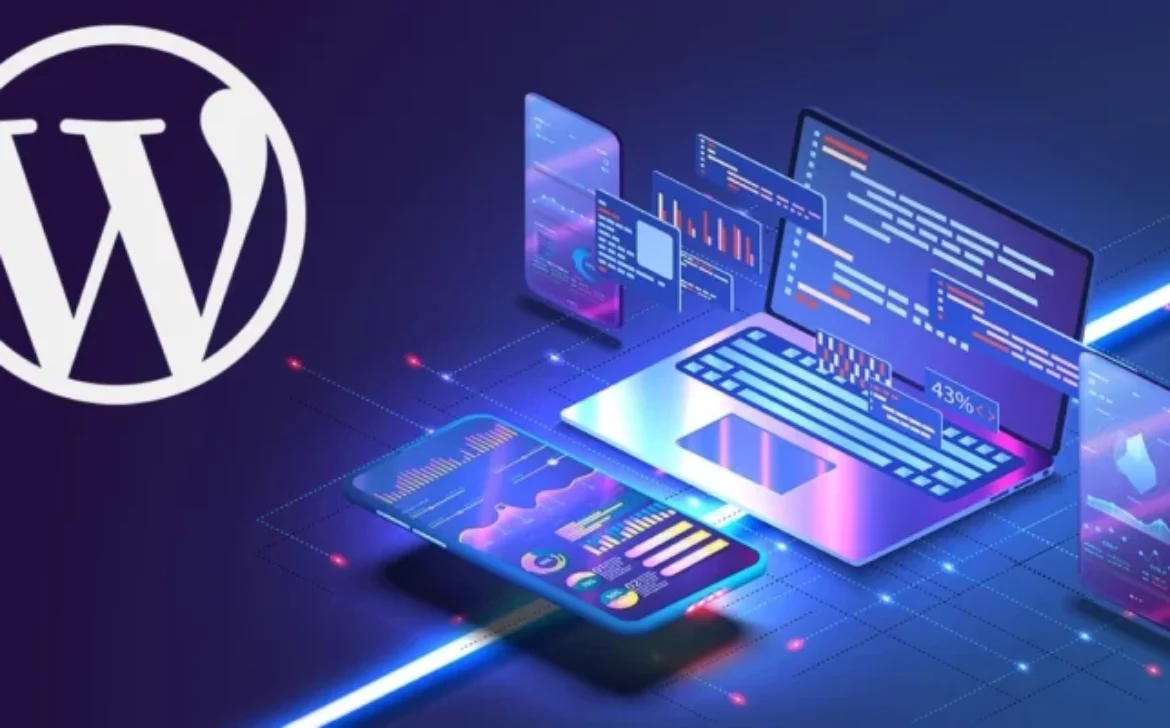Unleashing the Power of 5G: Revolutionizing Connectivity and Beyond

In the realm of technology, the arrival of 5G has been eagerly anticipated and is now beginning to reshape the way we connect, communicate, and interact with the digital world. This fifth-generation wireless technology promises to be more than just an upgrade from its predecessor, 4G. It’s a catalyst for a sweeping transformation, offering faster speeds, lower latency, and a plethora of new possibilities that will not only affect our mobile devices but also revolutionize entire industries.
The Need for Speed and Beyond:
One of the most notable features of 5G is its exceptional speed. While 4G provided us with impressive connectivity, 5G takes it to a whole new level. With speeds up to 100 times faster than 4G, downloading large files, streaming high-definition videos, and engaging in real-time video conferencing become seamless experiences. This speed doesn’t just enhance entertainment; it’s the backbone of groundbreaking innovations that span various sectors.
A Platform for IoT Advancements:
The true potential of 5G lies not only in its speed but also in its ability to handle a massive number of connected devices with minimal latency. This capability is a game-changer for the Internet of Things (IoT). From smart homes and connected vehicles to industrial automation and healthcare applications, 5G can power a world where devices communicate effortlessly, enabling automation, data collection, and insights that were previously unimaginable.
Paving the Way for Industry 4.0:
The industrial landscape is undergoing a digital transformation, known as Industry 4.0, characterized by automation, data exchange, and smart manufacturing. 5G plays a pivotal role in this transformation by providing the reliable and ultra-low latency connectivity necessary for real-time communication between machines. This will lead to optimized production processes, predictive maintenance, and the creation of smart factories that operate with unparalleled efficiency.
Healthcare and Remote Surgery:
The healthcare sector stands to benefit immensely from 5G technology. With its ultra-low latency, medical professionals can perform remote surgeries and consultations with precision and minimal delay. This could potentially democratize access to quality healthcare, allowing specialists to assist in procedures regardless of geographical barriers.
Enhancing Transportation and Safety:
5G is set to redefine the transportation industry by enabling the development of autonomous vehicles that communicate seamlessly with each other and with traffic infrastructure. This has the potential to greatly enhance road safety, reduce traffic congestion, and revolutionize urban mobility.
Challenges and Considerations:
While the potential of 5G is awe-inspiring, its implementation isn’t without challenges. The higher frequency bands used in 5G have shorter ranges, necessitating a denser network of smaller cell towers. Additionally, the need for extensive infrastructure upgrades poses financial and logistical challenges for providers and governments.
Security and Privacy Concerns:
With the rapid increase in connected devices and data exchange, security and privacy become paramount. Ensuring the integrity of data, protecting against cyber threats, and safeguarding user privacy are critical considerations in the 5G era. Striking a balance between innovation and security is essential to fully harness the potential of this technology.















